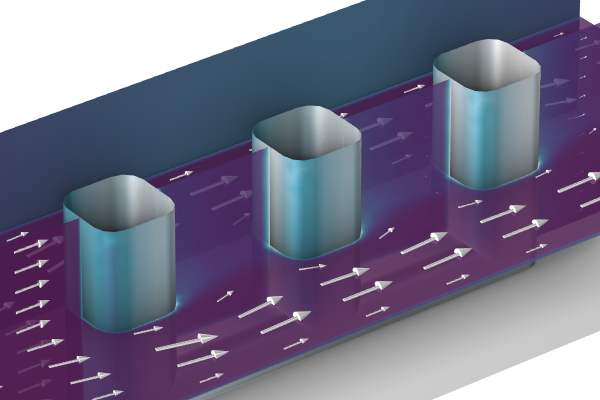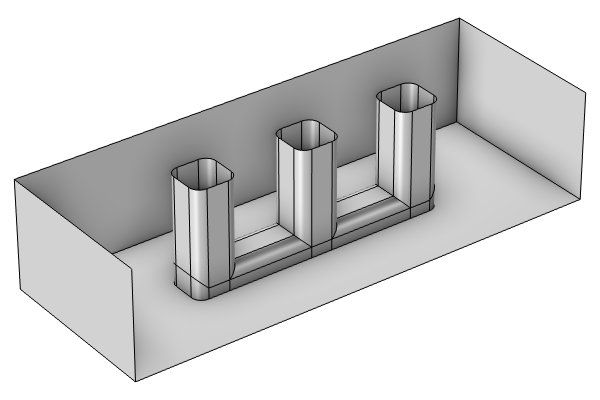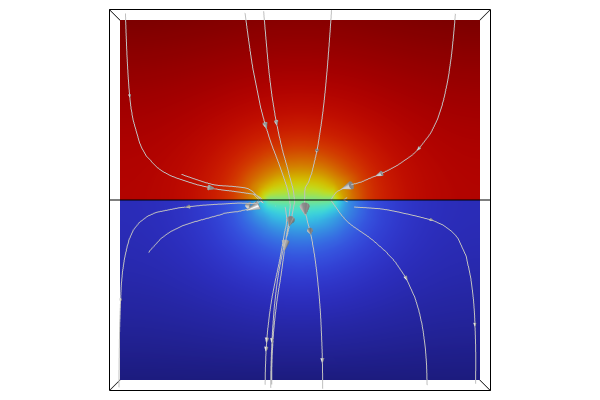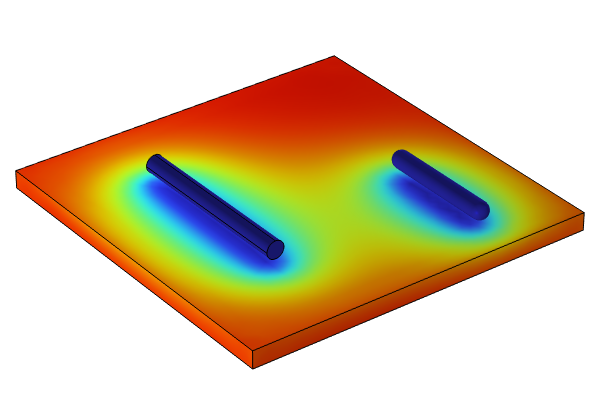Numerical Methods: FEM, BEM, and Solvers
The Corrosion Module in COMSOL Multiphysics® uses both the finite element method (FEM), discretizing the volume leading to a sparse system matrix, and the boundary element method (BEM), discretizing only the boundaries and edges using integral equations, leading to a dense system matrix. In Part 5 of the corrosion modeling course, we demonstrate how to build a model and use the Current Distribution, Boundary Elements interface, which can be used to model corrosion in slender structures and large electrolyte domains.
Finally, we go over best practices regarding making changes to the solver, such as when you run out of memory or when switching between geometric multigrid and algebraic multigrid solvers for faster computation time. You can also make changes to the discretization settings, such as by using second-order Lagrange elements to increase accuracy when working with sacrificial anodes.
Further Learning
For additional practice into modeling corrosion in slender structures using the BEM formulation, see the Corrosion Protection of Multiple Oil Platforms tutorial model.
Submit feedback about this page or contact support here.






